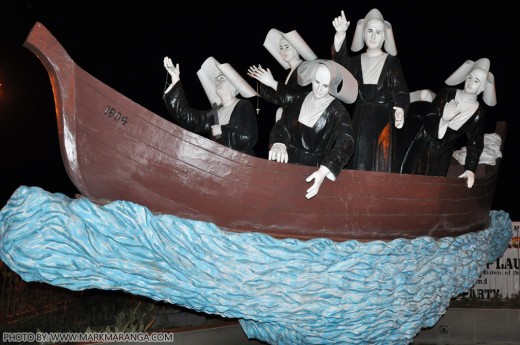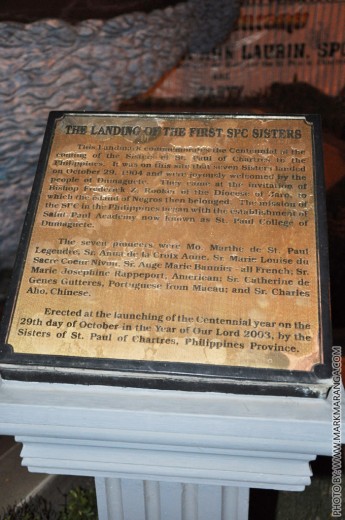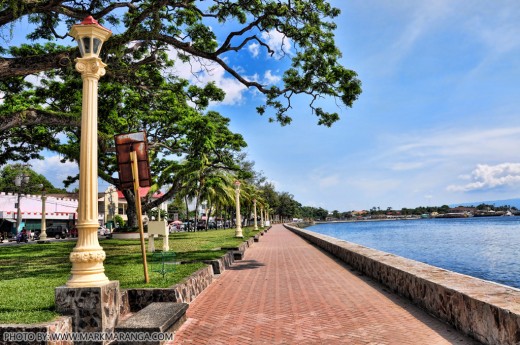On October 29, 1904, seven Sisters of St. Paul of Chartres (SPC) landed in Dumaguete, Philippines to start a mission. They came at the invitation of Bishop Frederick Z. Rooker of the Diocese of Jaro (Iloilo), to which the island of Negros then belonged. Joyfully welcomed by the Dumaguetenos and easily built rapport with the townsfolk, the SPC began their mission in the Philippines with the establishment of St. Paul Academy, which opened on January 9, 1905 and now known as St. Paul College of Dumaguete.
The seven pioneers were Mother Marthe de St. Paul Legendre, Sr. Anna de la Croix Anne, Sr. Marie Louise du Sacre Coeur Nivou, Sr. Ange Marie Bannier (French); Sr. Marie Josephine Rappeport (American); Sr. Catherine de Genes Gutteres (Portuguese from Macau); and Sr. Charles Aho, Chinese.
Maria Echavez (Sr. Ambroisine) became the first Filipina SPC Sister in 1904. Mo. Marie Madeleine Denoga became the first Filipina Superior of the Congregation in 1965. As of 2004, the St. Paul of Chartres Sisters established and managed more than 60 schools, health centers and many other charitable institutions in the Philippines and they continue to help the Filipino people in many ways.
Erected at the launching of the Centennial year on the 29th day of October 2003 is a marker by the Sisters of St. Paul Chartres Philippines to commemorate the birth of SPC in the country. A year later, it was recognized by the National Historical Institute as a Historical Treasure.
How to get there
The landing site of the first SPC sisters is a small structure situated along Rizal Boulevard, one of the familiar landmarks of the City. You can ride a tricycle from anywhere in the city going to the landing site for only P8 per person.
This page is last updated on

















